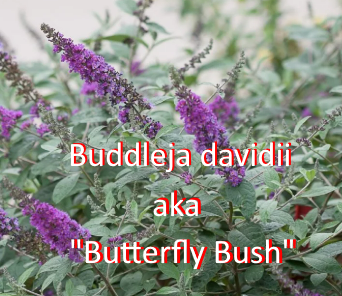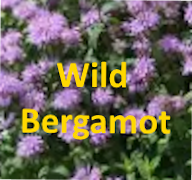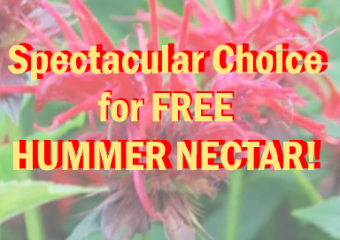Exclusive Guide: Best Butterfly Bush Nectar Secrets

Homemade Nectar and Butterfly Bushes: A Nurturing Paradise for Winged Visitors
Homemade nectar offers a delightful way to attract a diverse array of garden visitors, mimicking the irresistible allure of the butterfly bush. This versatile plant, known scientifically as Buddleja davidii, is celebrated not just for its vivid and fragrant blooms but also for its ability to attract hummingbirds and butterflies alike. Whether you’re a seasoned gardener or a novice looking to bring more wildlife into your garden, understanding the similarities between homemade nectar and the nectar from butterfly bushes, as well as the needs and potential risks associated with these plants, is essential.
The Attraction of Nectar
Nectar, essentially a sweet liquid produced by plants, is a primary food source for many nectar-feeding animals, including butterflies and hummingbirds. Homemade nectar, typically made from a simple syrup solution (a mixture of water and sugar), is designed to replicate the high energy content of natural nectars found in flowers like the butterfly bush. While each plant’s nectar varies slightly in sugar composition, the basic principle remains the same: it’s all about providing energy to these active creatures.
Will Hummingbirds Visit a Butterfly Bush?
Interestingly, while the butterfly bush is named for its attractiveness to butterflies, it is also capable of drawing hummingbirds. These tiny, energetic birds are constantly in search of sugar-rich nectar to fuel their rapid flight. Hummingbirds are particularly drawn to bright, tubular flowers that accommodate their feeding habits, and while the butterfly bush has slightly different floral structure, its abundant and sweet nectar can still be enticing to these birds. However, the extent of attraction can vary based on the specific variety of butterfly bush and its bloom.
The Right Bush for Your Garden
Choosing the right butterfly bush is crucial, as there are several species and cultivars. When selecting a butterfly bush for your garden, consider bloom time, growth habit, and flower color, which can range from purple and blue to white and pink. Some popular varieties include ‘Black Knight’ with deep purple flowers and ‘Miss Ruby’ for its vibrant pink blooms. These varieties not only enhance the garden’s aesthetic but also support local wildlife.
Safety Concerns: Is There Anything Toxic in the Bush?
While butterfly bushes are generally safe, they are considered invasive in some regions due to their high adaptability and fast-growing nature, which can lead to them overpowering native plants. As for toxicity, butterfly bushes are not known to be toxic to humans or common garden wildlife, including birds and butterflies. However, it’s always prudent to check with local agricultural extensions or gardening experts, particularly if you have concerns about planting them in areas accessible to pets or livestock.
Other Nectar Users of the Butterfly Bush
Besides hummingbirds and butterflies, butterfly bushes also attract a wider spectrum of nectar-loving animals. Bees, moths, and even certain beetles can frequently be found buzzing around these bushes, each playing their role in the ecosystem, either by pollinating other plants or serving as a food source for other wildlife. This makes butterfly bushes an excellent choice for creating a biodiversity-friendly garden.
Cultivation and Care: Sunlight and Growth Conditions
Butterfly bushes are remarkably hardy and can thrive in a variety of climatic conditions, but they perform best in full sun. They require at least six hours of direct sunlight each day to flourish and produce the most abundant and healthiest blooms. These shrubs prefer well-draining soil and, once established, are relatively drought-tolerant, although regular watering helps promote optimal growth and flowering.
In terms of maintenance, pruning is important to encourage new growth and flower production. It’s generally recommended to prune butterfly bushes in late winter or early spring, cutting back the entire plant by one-third to one-half to maintain its shape and vitality.
Conclusion
Homemade nectar and butterfly bushes share a fundamental goal: to provide vital nourishment to nectar-seeking wildlife in your garden. By understanding the uses, guests, and care of the butterfly bush, you can create a vibrant, life-supporting garden sanctuary that welcomes a parade of hummingbirds, butterflies, and other nectar lovers. Whether through crafting your own nectar solution or cultivating these beautiful bushes, you can enjoy a closer connection to the natural world right in your backyard.





